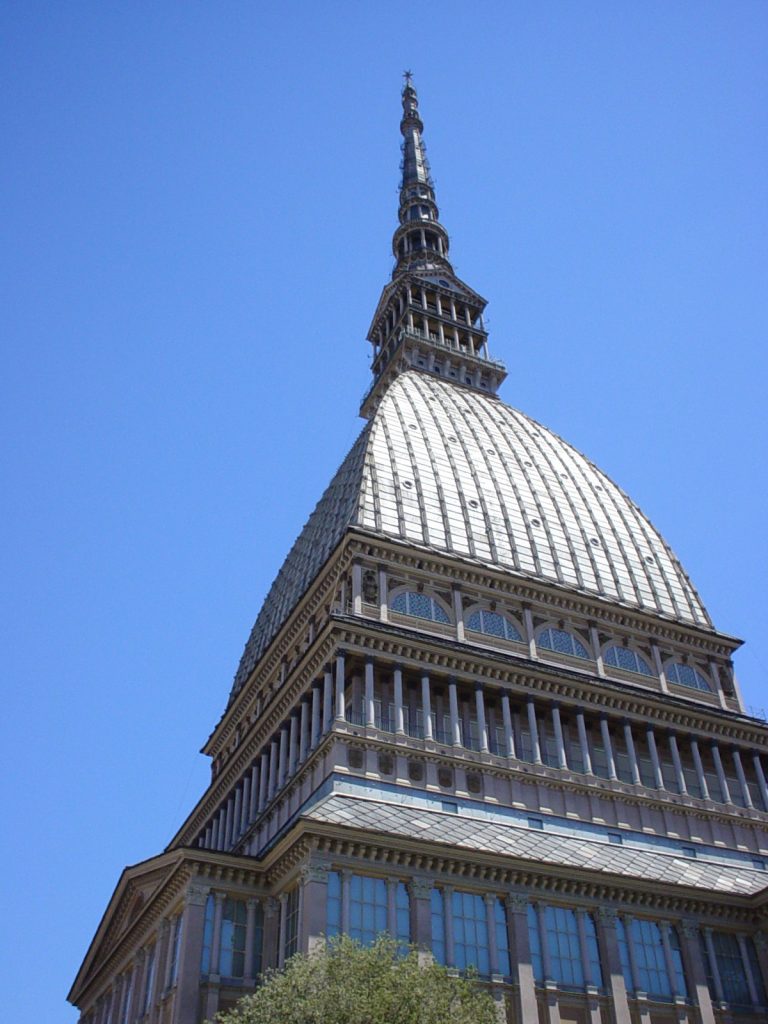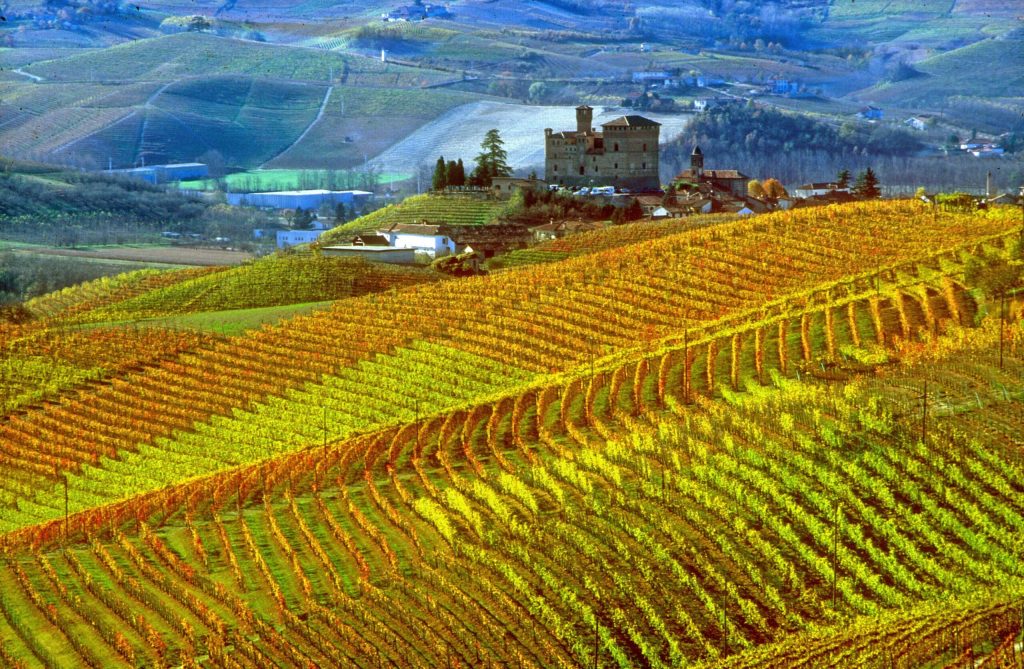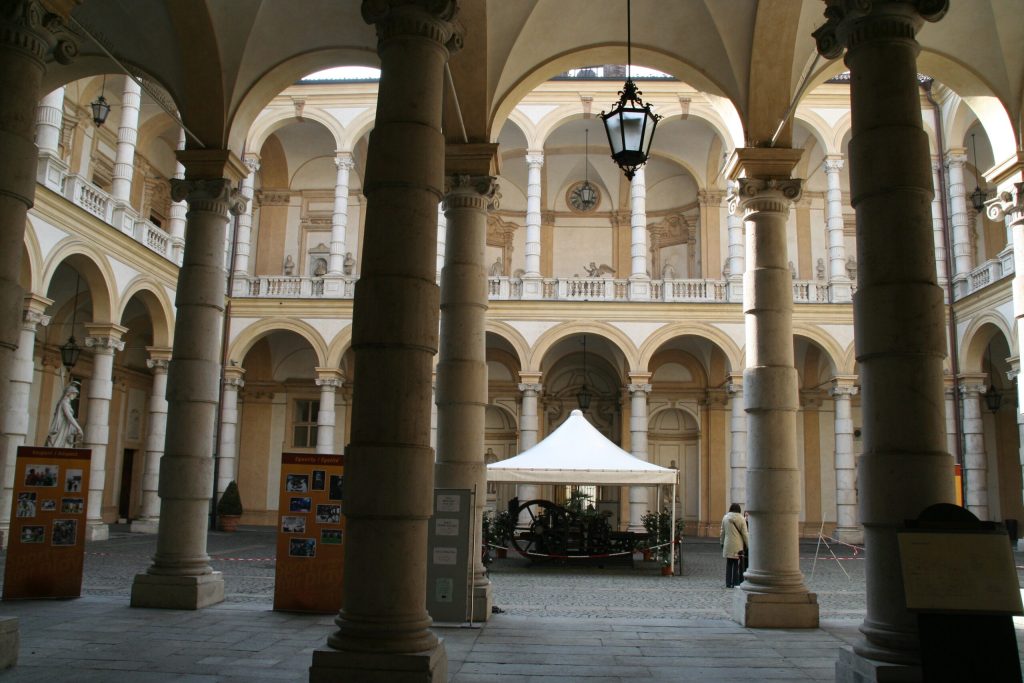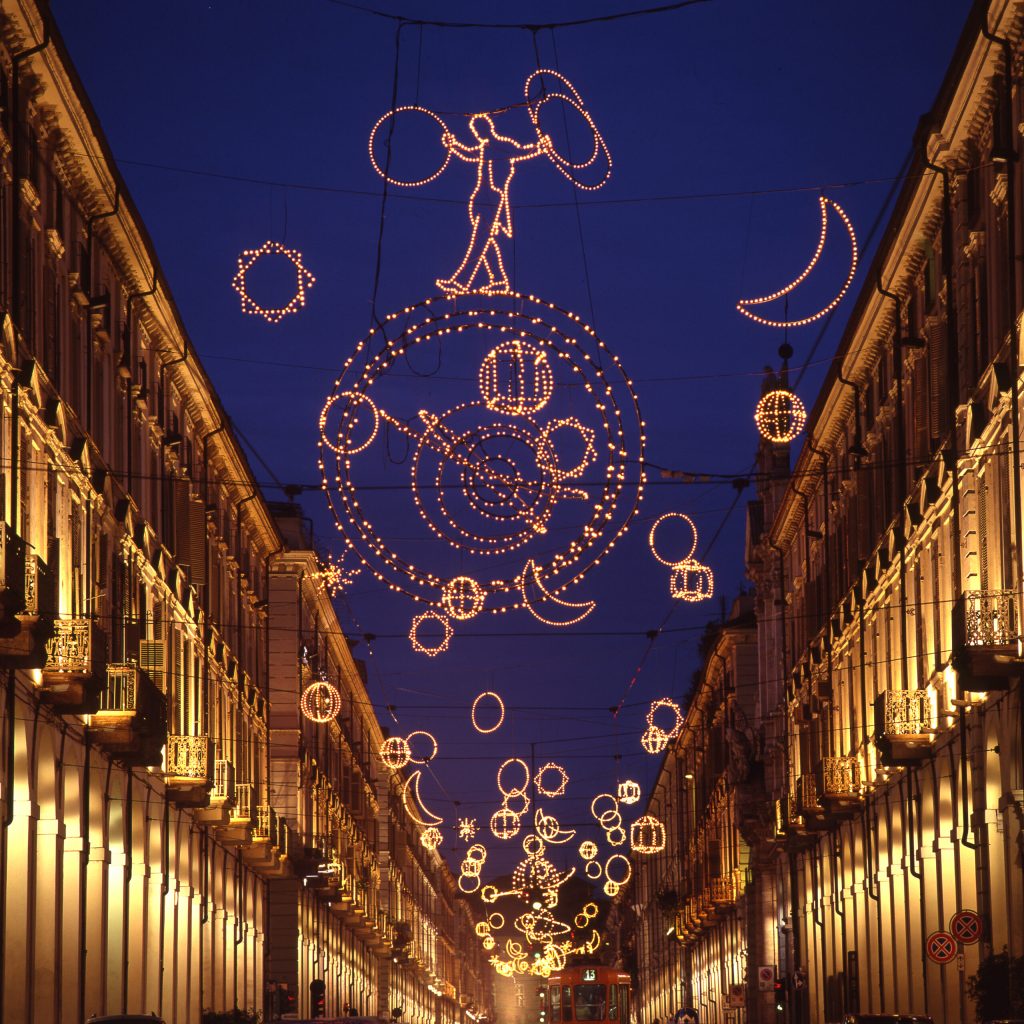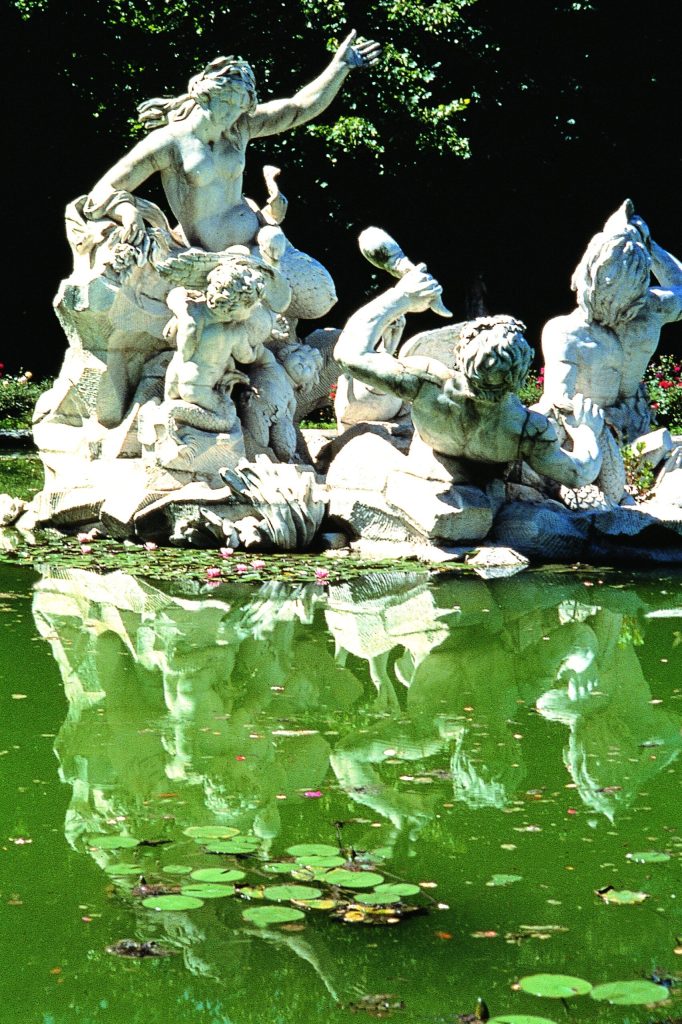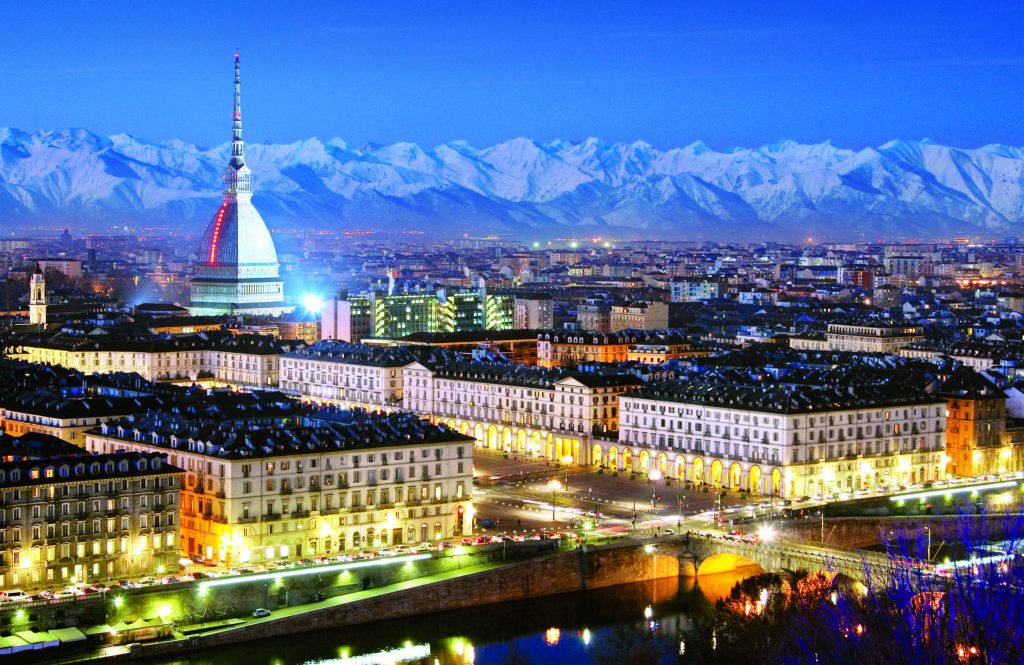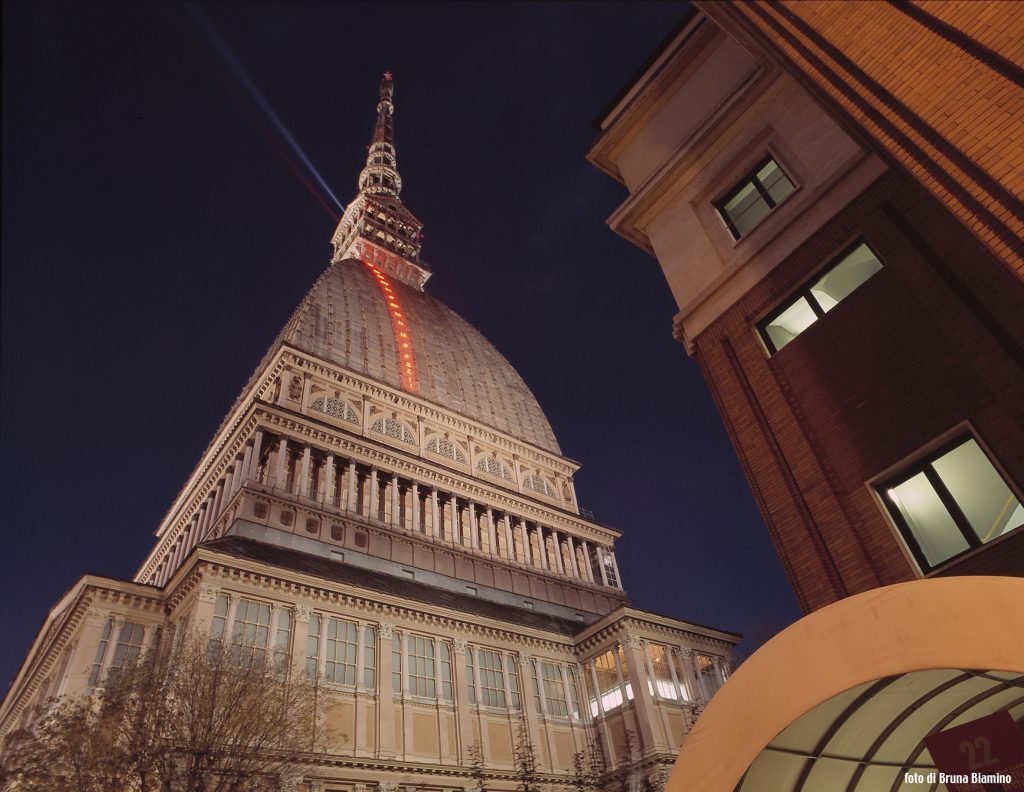Aldo Moro Auditorium
The workshop will be held at the Auditorium of the Aldo Moro building complex, the new “urban campus” of the University of Turin.


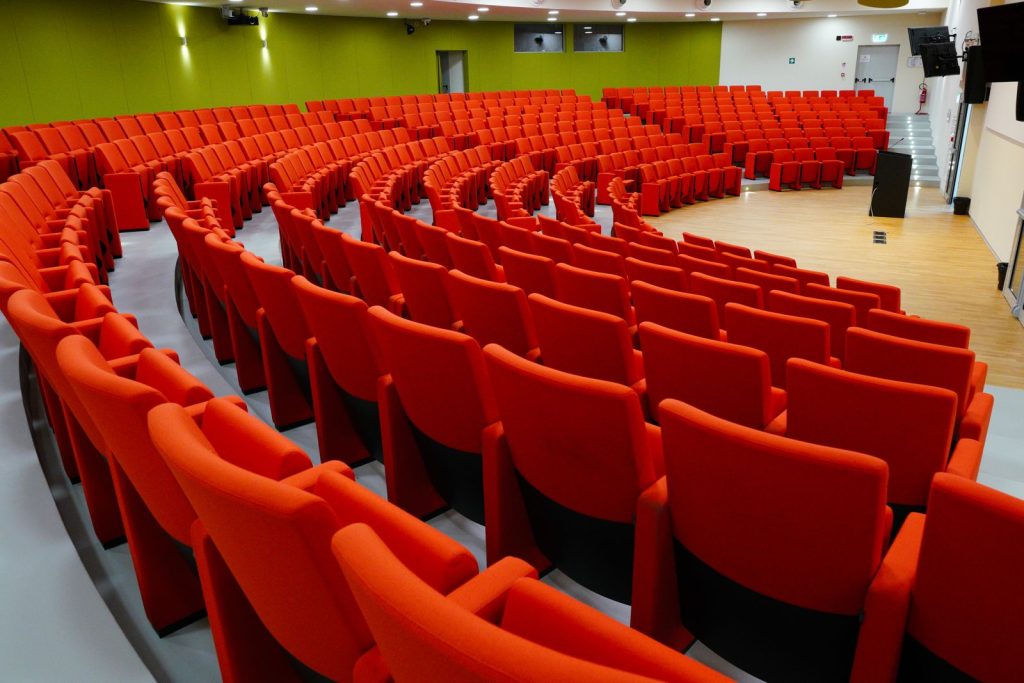
The auditorium is located at Via Sant’Ottavio / Via Verdi in Turin, Italy.
Social dinner
The social dinner will be held at the restaurant of the Esperia club, in Corso Moncalieri 2, between Piazza Vittorio Veneto and the Gran Madre church (15 minutes’ walk from the workshop venue).

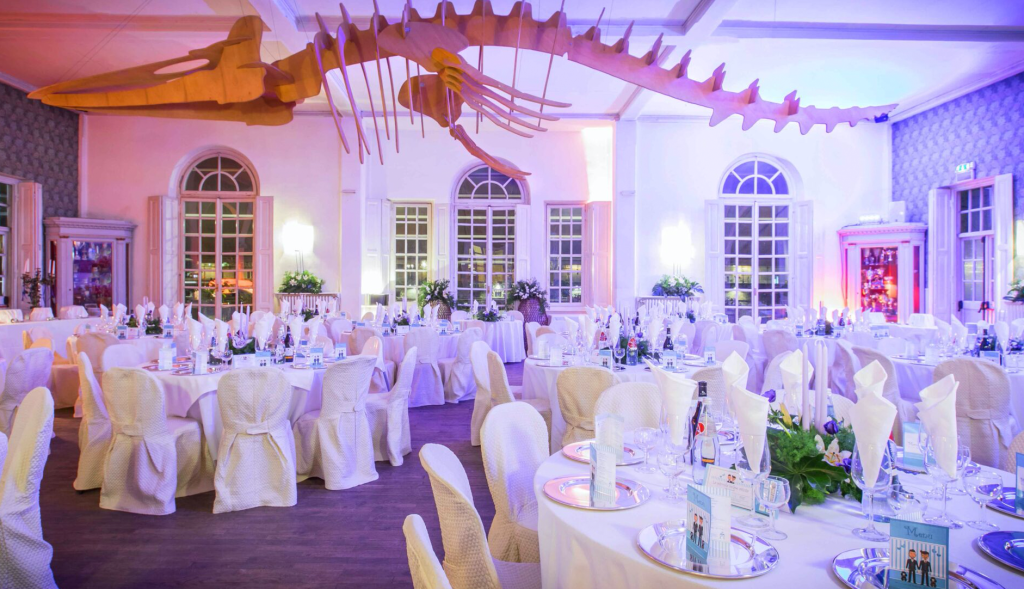
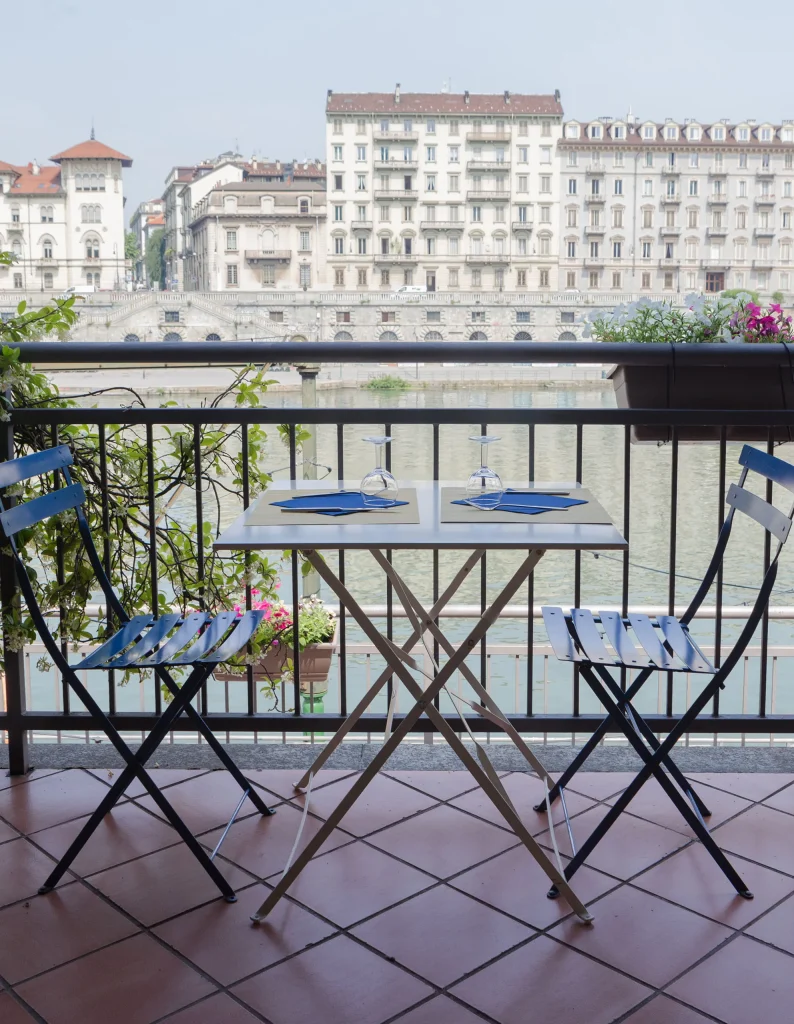
Suggestions for lunch around the workshop venue
Nonna Cleme (pizzeria, gluten free food) – via Principe Amedeo, 41A [link]
Le Vitel Etonné (Piedmontese cuisine) – Via S. Francesco da Paola, 4 [link]
All’Antico Vinaio (panini e focacce) – Via Sant’Ottavio 18 [link]
Forno Ricca Mole (focacce e taglieri) – Via Sant’Ottavio 15 [link]
La via del Sale (Piedmontese cuisine) – Via S. Francesco da Paola, 2 [link]
Risotteria RIS Storie di Riso – Via Sant’Ottavio/Piazzale Aldo Moro [link]
La Buta Stupa (Piedmontese cuisine) – Via Gaudenzio Ferrari, 5f [link]
Maybu (ethnic) – Via Sant’Ottavio 18 [link]
Moi Moi (Salento gastronomy) – Via Ercole Tommaso Roero di Cortanze [link]
La Piola di Alfredo (Piedmontese cuisine – trattoria) – Via Sant’Ottavio, 44 [link]
Vibes – Via Montebello 22 [link]
Boston Bar – via Sant’Ottavio 2 [link]
Caffé Elena – piazza Vittorio Veneto 5 [link]
Caffé Verdi – Via Giuseppe Verdi, 43/B [link]
Caffé Vittorio Veneto – Piazza Vittorio Veneto [link]
Suggestions for dinner
Locanda della Regina – Via Villa della Regina 7 [link]
La Taverna del Bergè – Via Don Bosco 10C [link]
Caffè dell’Orologio – Via Oddino Morgari 16 [link]
Arcadia – Galleria Subalpina 16 [link]
Piola da Cianci – Largo IV Marzo 9/b [link]
Osteria Antiche Sere – Via Cenischia 9 [link]
Porto di Savona – Piazza Vittorio Veneto 2 [link]
Poormanger – Via Maria Vittoria 36 [link]
About Turin
Turin is a city in constant evolution: from Augusta Taurinorum (after 27 a.C.) to the capital of the Savoy Dukedom (1563) until becoming Italy’s first capital (1861), the queen of the automobile industry (1899) and the star of the 2006 Winter Olympics. Today it is being presented with an image that makes it even more appealing. Torino is a city that is just waiting to be discovered in all of its many aspects: filled with historic evidence, acclaimed museums, works of contemporary art en plein air, cultural events, with its characteristic porticos, renowned historical meeting places, its extensive parks and magic places.
The hosting university
The workshop is hosted by the University of Turin, and it is located in the city center at the foot of the Mole Antonelliana.
Conference activities will take place inside the newly opened Aldo Moro Campus (Via Giuseppe Verdi, 10124 Torino – entrance from Via Sant’Ottavio, at the corner with Via Giuseppe Verdi).
The University is located close to the city center, to many hotels, and it is well connected with public transports. The two main railway stations (Porta Nuova and Porta Susa), as well as the bus stops for the airports, are at close distance from the university.
How to reach Turin
The city can be easily reached via flight and via trains: the two main railway stations serve both West-East and North-South directions, with high-speed trains from/to Milan, Rome, Venice, Florence, Naples, Paris, Lyon, etc.
The city also has its own international airport (Caselle airport) and it is well connected with the International/Intercontinental Milano Malpensa airport.
Visiting Turin
Turin is a nice city to visit, too, with plenty of opportunities for social activities, and with the possibility to easily reach the nearby mountains (which hosted the 2006 Olympic Winter Games, together with the city) for skiing and/or for some excursions.
It has recently been defined by several international journals and web sites as one of the most beautiful
Italian cities to visit (The Guardian, Forbes, TripAdvisor, etc.).
Museums
You should discover the diversity of Turin through its many amazing museums, testifying to the history, culture, industry and internationality of the city: from the Museo Egizio (Egyptian Museum) – the world’s most prominent one after the museum in Cairo – to the National Museum of Cinema in the glorious setting of the Mole Antonelliana, from the Museum of Ancient Art at Palazzo Madama to the National Museum of the Italian Risorgimento in Palazzo Carignano. Turin industrial vocation has found its exhibition centre in the renovated MAUTO National Automobile Museum which tells of the city’s automotive history and the social issues related to it.
Turin is also a vital point of reference for contemporary art: works and installations produced over the last thirty years by internationally famous artists are placed for all to see in the open air or on display at several museums and foundations such as GAM-Gallery of Modern and Contemporary Art, the Museum of Contemporary Art at Rivoli Castle, the Sandretto Re Rebaudengo Foundation, the Merz Foundation and the Giovanni e Marella Agnelli Art Gallery.
Royal Residences
Known as the “Crown of Delights”, the group of castles built by the House of Savoy and recognised as a World Heritage Site by UNESCO in 1997 looks like a large crown when seen from above. The crown is metaphorical but the delights are real. Right in the centre, in Piazza Castello, there are the majestic Palazzo Reale – which, with the Savoy Gallery, the Royal Armoury, the Royal Library and the Archaeological Museum, form the “Royal Hub” – Palazzo Madama and Palazzo Carignano.
Along the River Po is Valentino Castle, built by Christine of France in the French style and now housing the Faculty of Architecture of Turin Polytechnic. Just a short way from the centre, the hill embraces Villa della Regina, surrounded by Italianate gardens with pavilions, fountains and agricultural areas. The “crown” is completed by a wonderful collection of castles and residences in the surrounding areas. The incredible Royal Palace of Venaria now hosts major events, exhibitions and concerts in its magnificent interiors and spectacular gardens. A favourite spot of the Savoy family for sumptuous feasts and solemn weddings was the Stupinigi Hunting Lodge, modeled on the style of contemporarily built Central European residences.
Main Places of Worship
Since 1578, the Duomo – the only example of Renaissance art in the city – has held the Holy Shroud, the Cloth claimed to have wrapped the body of Christ. Devotees can visit the corresponding Museum in the crypt of the Church of the Santissimo Sudario. Not only are Turin’s churches places of worship, they are also fine examples of architecture and art, mainly in baroque style: the church of San Lorenzo, the first work commissioned of Guarino Guarini by the Court of Savoy, the twin churches of Santa Cristina and San Carlo in the Piazza of the same name, the impressive church of San Filippo by Juvarra and the Basilica della Consolata – much loved by Turin citizens – are well worth a visit not just by churchgoers. The new church of Santo Volto – by the architect Botta – is an admirable example of use of land reclaimed from former industrial areas.
Shopping
The long colonnaded route created in the past for the perambulations of the Savoy household in the town centre has now become an absolute paradise for shoppers. The area traditionally devoted to shopping is between Via Roma, heart and symbol of the city, and the pedestrian zones of Via Carlo Alberto and Via Lagrange where the shop windows of all the big names in fashion and jewellery glitteringly shine. Via Garibaldi is younger and trendier, Via Po is more “intellectual” with the bookshops and stores selling new and used records. Turin has many markets. The top one is at Porta Palazzo, the town’s true multiethnic heart in terms both of people and of the goods on display. Nearby there is also Balôn, the historical flea-market.
Night Life
When the sunset warms the city and the lights flicker on it’s the moment for organising the evening: a cheerful aperitif in one of the many bars in the centre, a delicious dinner of traditional or ethnic foods… and then the Turin night awaits!
Piazza Vittorio Veneto, on the River Po, Borgo Dora and the Roman Quarter – the city’s real centre – are home to many trendy spots: here art, food and design make the atmosphere even more sparkling, here you can listen to classical music, pop and jazz all strictly live, you can chat, watch artistic performances, dance until dawn. Also San Salvario has an irresistible allure, the multiethnic district (between Porta Nuova station and Valentino Park), the focus of a major urban renewal project.
However, if your idea of an evening is more… classic, and you experience a thrill every time the curtain rises, then be enchanted by opera, concerts, dance, great drama and the avant-garde that tread the boards of the many theatres in the city: discover the Regio Theatre, Auditorium del Lingotto, Auditorium RAI, and Carignano Theatre.
Photo Gallery


